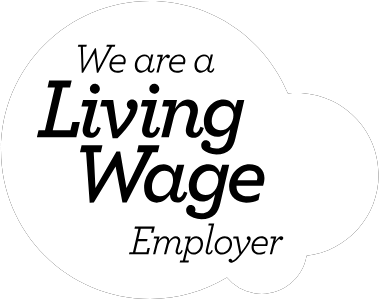Let’s back the revolutionaries from soil on the ground to moon snacks.
Whether you view the ineffectiveness of the global food system as an irony or a tragedy, the facts are stark. We produce enough food to feed everyone on the planet, but we lose or waste one third of it. Sadly, much of the food we do produce is not sufficiently nutritious. Add in that the food system is hugely polluting, accounting for 26% of all greenhouse gas emissions, and you can see why “broken” is the adjective most used to describe it.
www.unep.org/news-and-stories/story/hungry-change-global-food-system
www.ourworldindata.org/food-ghg-emissions
Part of the reason is its size and complexity. Today’s global food system comprises a vast number of players, from the farmers who produce our food, via the companies who process, package, transport, distribute and sell it, to those who consume it and, finally, those who dispose of it. There is an equally diverse range of factors that influence this ecosystem. The climate, land and sea largely affect food production, while populations, the economy, government policy, culture, technology and health are just some of the drivers that determine how the other participants act.
To understand how we can move forward, it’s important to look at some of the key challenges. Half of the world’s topsoil on which we rely to grow the vast majority of food has been lost in the last 150 years. Land being turned into agriculture is a major reason for this, as the deforestation, excessive tilling, and use of pesticides associated with intensive modern farming has degraded the amount and quality of soil.
www.worldwildlife.org/threats/soil-erosion-and-degradation
Food loss and wastage, which happens throughout the food system, including at harvest, during transport, and because retailers and consumers overestimate what they need, is another issue. At a more macro level, a lack of coherent international regulation and companies focused on short-term profit contribute to practices that threaten long-term sustainability. Consumers, meanwhile, often lack education about where food comes from, how it is produced, and what constitutes a healthy diet.
Happily, there are a number of ways to fix this broken system and many innovative new companies are working to make them a reality. Producing more sustainable, nutritious food is priority number one. Moonshot is one of a growing number of companies to use ingredients from regenerative agriculture – a practice that primarily aims to improve soil health – to make its carbon neutral snacks. Urban farming is another trend that is gaining traction as it brings produce closer to where consumers increasingly reside. Square Roots, for example, is developing pesticide-free, local food via a network of indoor, modular farms.Sustenir, on the other hand, focuses on growing non-native produce that avoids the need for carbon-intensive, perishable goods to be imported.
www.susteniragriculture.com/sg
Technology can also make a huge difference. In a smart agriculture competition organised by China-based agri-tech platform company Pinduoduo, for example, teams using sensors and data analytics produced 196% more strawberries than farmers using traditional methods.
Alternatives to meat and dairy also need to be developed, given animals use up so much land, contribute to emissions and will not be able to feed the expected population growth in a sustainable manner. Air Protein, for example, combines the elements in the air we breathe with mineral nutrients, water and energy to create a new form of animal-free meat. The product can be made in days, independently of weather, and without the land required for animals and their feed.
A second priority is to improve the way food is distributed. While one of the biggest challenges is getting governments to create fairer trading systems that enable food from regions of overproduction to get to those who need it most, improving supply chains is also important. IBM’s blockchain-based Food Trust platform tracks produce in real time from farm to fork, enabling better transparency, higher quality and reduced costs. Packaging is another area in which there is a lot of innovation. Woolcool provides reusable wool to insulate food when it is being transported. Crucially, it outperforms conventional, plastic packaging.
www.ibm.com/blockchain/resources/food-trust/food-logistics/
Reducing food loss and waste is priority number three, and a host of innovative start-ups are making an impact on different parts of the value chain. Inspirafarms has developed cold rooms and packhouses that can be installed at farms in the developing world to prolong the life and quality of crops after harvest. TeleSense offers technology that constantly monitors grain for mould or insects, enabling users to safeguard stocks during storage or transit. At the consumer level, companies such as OLIO are fighting food waste by employing apps that connects businesses with local people to ensure surplus food can be shared and used.
Alongside public health messages, such initiatives help with a fourth and final priority – educating people to improve their diet and nutrition. Harlem Grown, for example, operates local urban farms and increases access to and knowledge of healthy food in the well-known New York City neighbourhood.
Making the global food system fit for purpose is no easy task, but if we are to avoid threatening the food security of future generations then we must back the revolutionaries leading the change.






